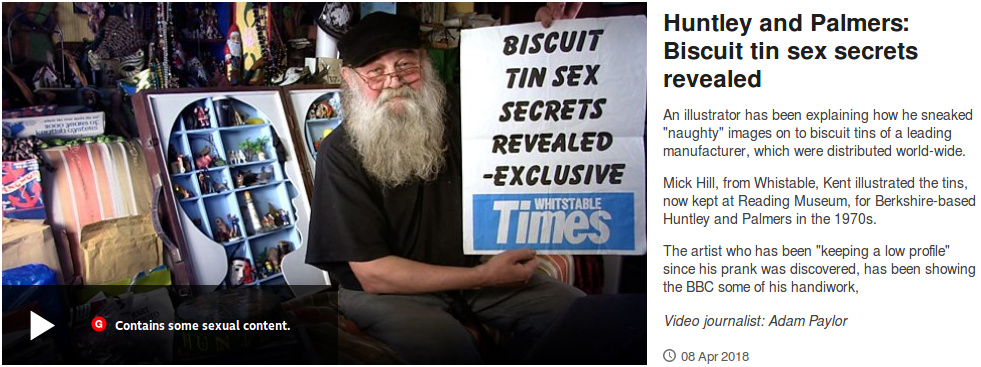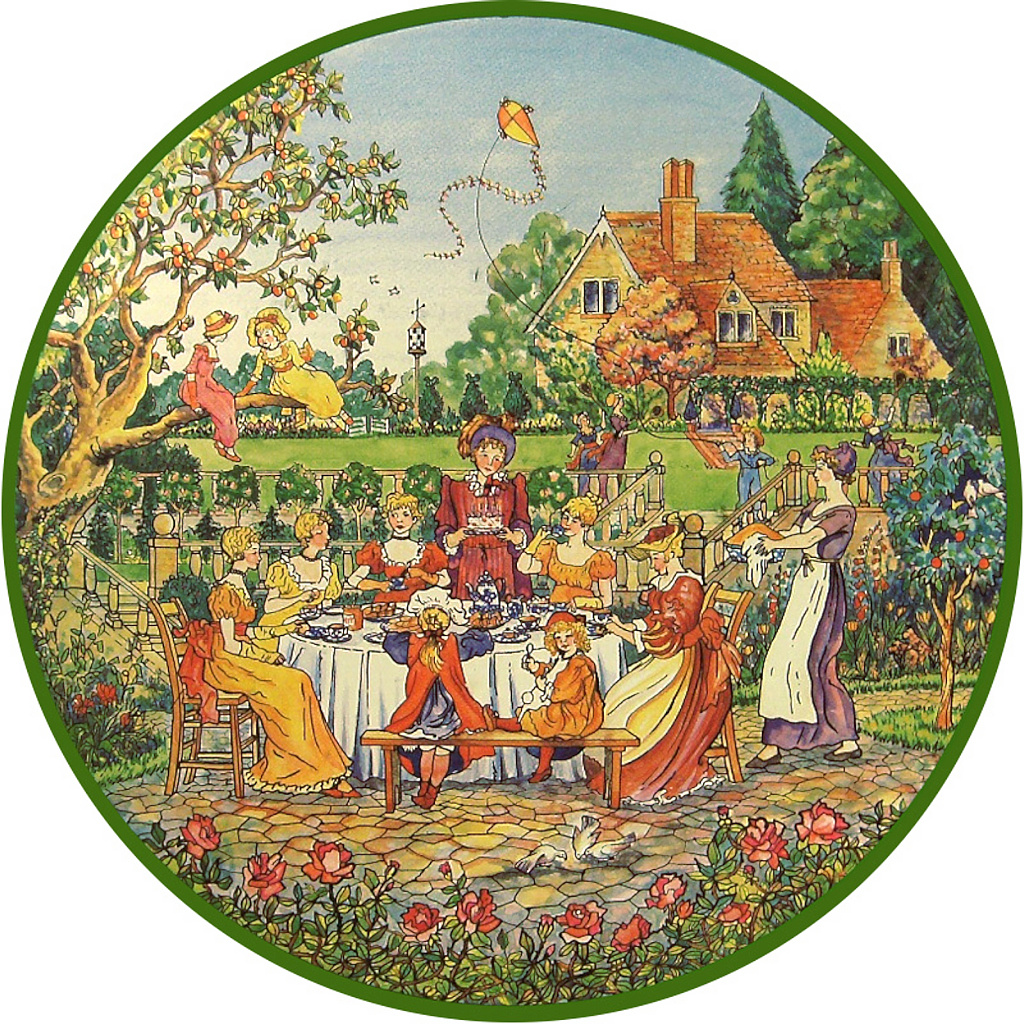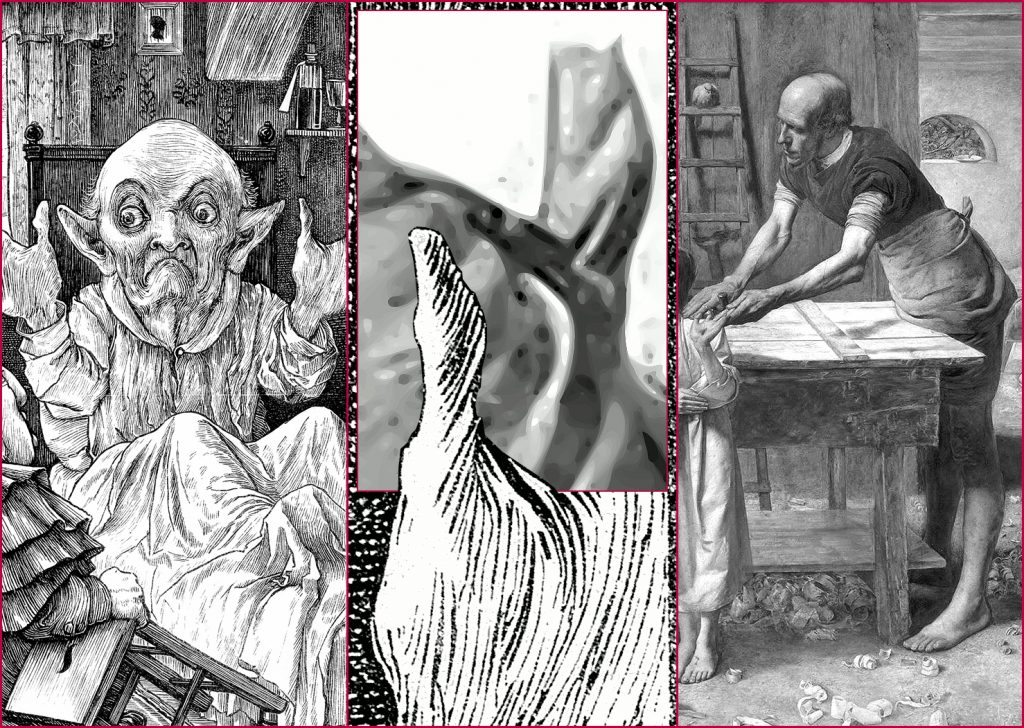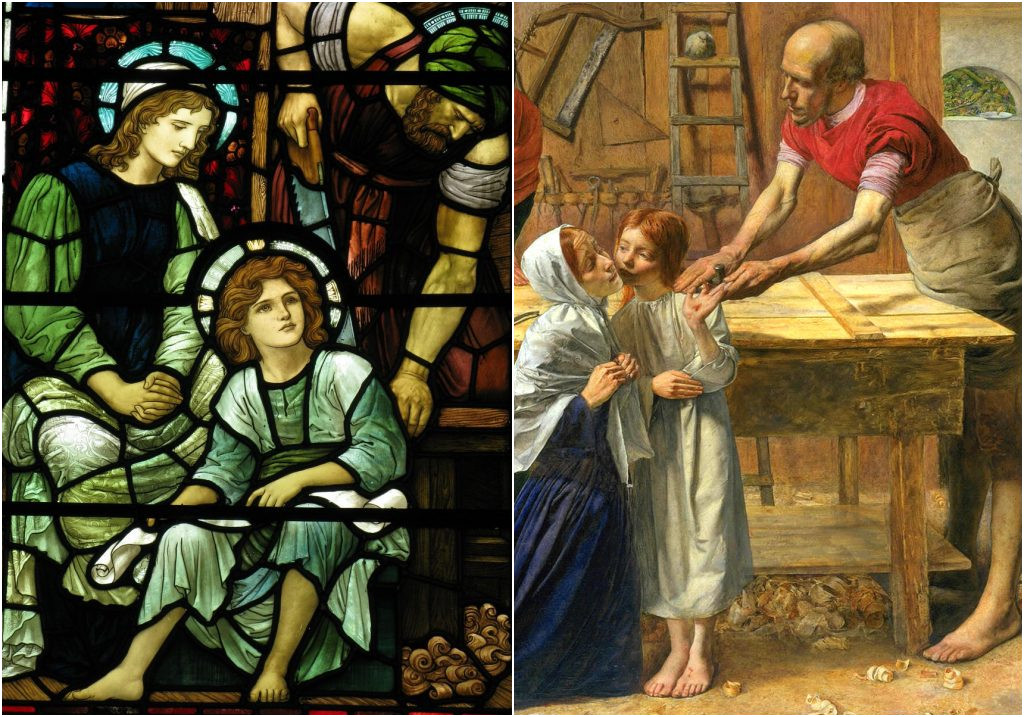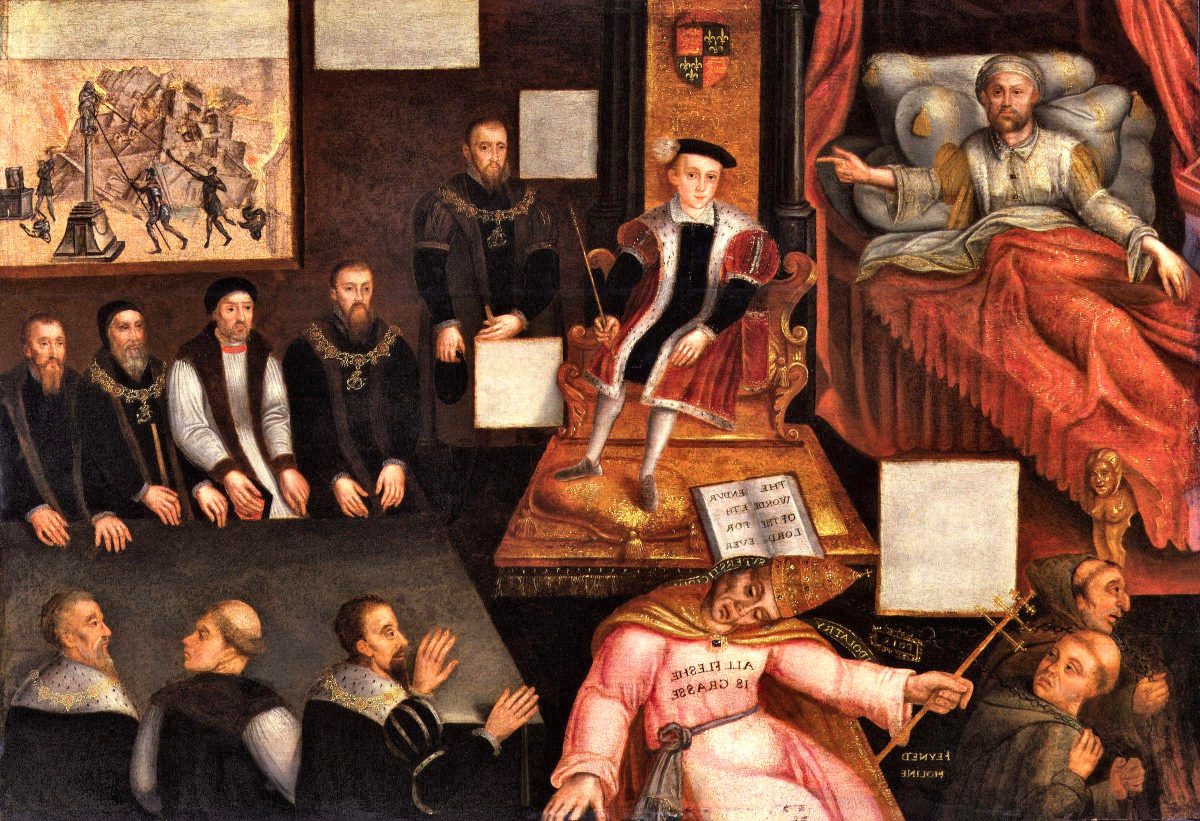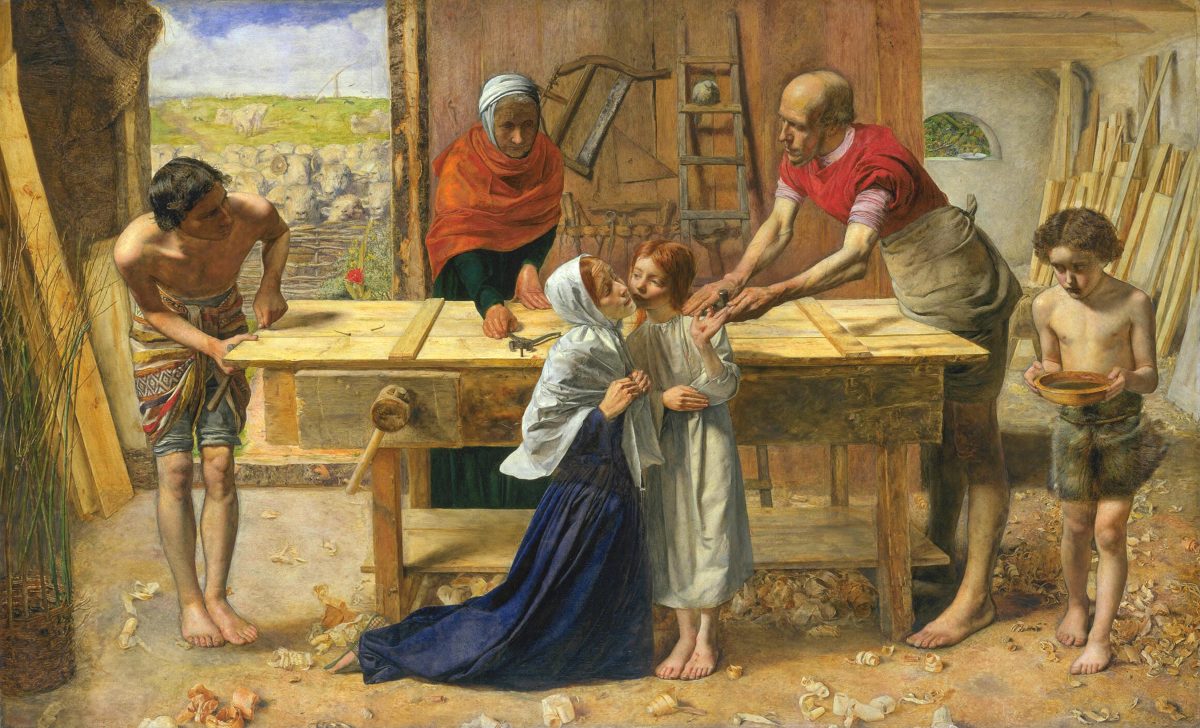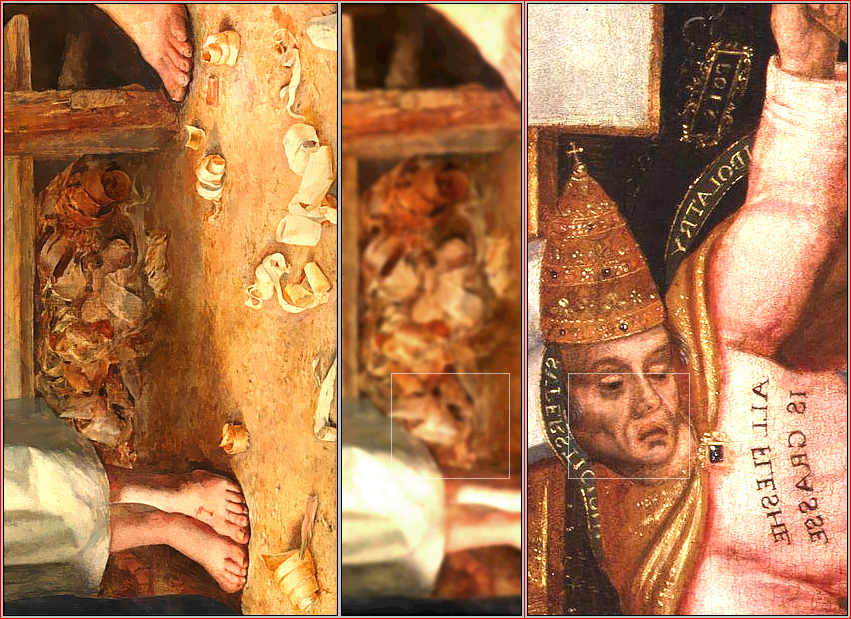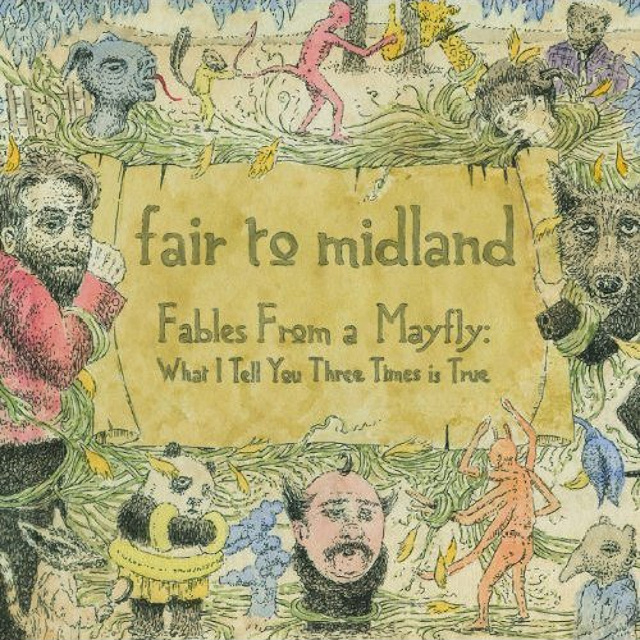by Mary Hammond, published on Nov 7, 2017. There also is an essay: Mary Hammond, Lewis Carroll’s The Hunting of the Snark Explained.
Mary Hammond’s interpretation of course is not the first Snark interpretation. First hints on what the Snark could be about had been given to us by Henry Holiday and Philo M. Buck. And there is an excellent chapter on Carroll’s tragicomedy in Louise Schweitzer’s One Wild Flower. Oliver Sturm’s Die Jagd nach dem Schnatz is a German translation, which also contains an attempt to explain the Snark. And there is a Snark chapter in Klaus Reichert’s Lewis Carroll: Studien zum literarischen Unsinn. Reichert is another German Snark translator.
Among the interpretations known to me, Mary Hammond’s interpretation is the first one where Eternal Damnation is seen as one of the more important issues to which Lewis Carroll might have taken reference in The Hunting of the Snark. In Carroll’s poem, the Baker‘s Forty-Two Boxes led me to the same conclusion earlier.
In my correspondence with Mary Hammond (a pen ame of Mary Hibbs) she also told me about what in her view “…jum” in Boojum could stand for: Search for jumble in the chapter Of Reason in John Locke‘s Essay Concerning Human Understanding (1689).
I too associate Boojum with the vanishing of reason – which too often is the beginning of violence. Yet, I’ll probably never know, whether my association is similar to what the Boojum meant to Carroll.
549 “It’s a Snark!” was the sound that first came to their ears,
550 And seemed almost too good to be true.
551 Then followed a torrent of laughter and cheers:
552 Then the ominous words “It’s a Boo-”553 Then, silence. Some fancied they heard in the air
554 A weary and wandering sigh
555 That sounded like “-jum!” but the others declare
556 It was only a breeze that went by.
My publications:
※ Knight Letter № 99: Nose is a Nose is a Nose
※ Knight Letter № 100: Burning the Baker
There now is a new paperback edition of Untangling the Knot: An Analysis of Lewis Carroll’s The Hunting of the Snark, 2019-10-06, by Sandra Mann (besides Mary Hammond another pen name of Mary Hibbs). She also sent me an additional article about a possible reference to Bishop Reginal Heber (1783-1826). See also: https://www.facebook.com/groups/lewiscarrollresources/permalink/2241199999492366/
2020-02-12: Untangling the Knot in PDF, 2018
2017-11-17, updated: 2018-12-02.

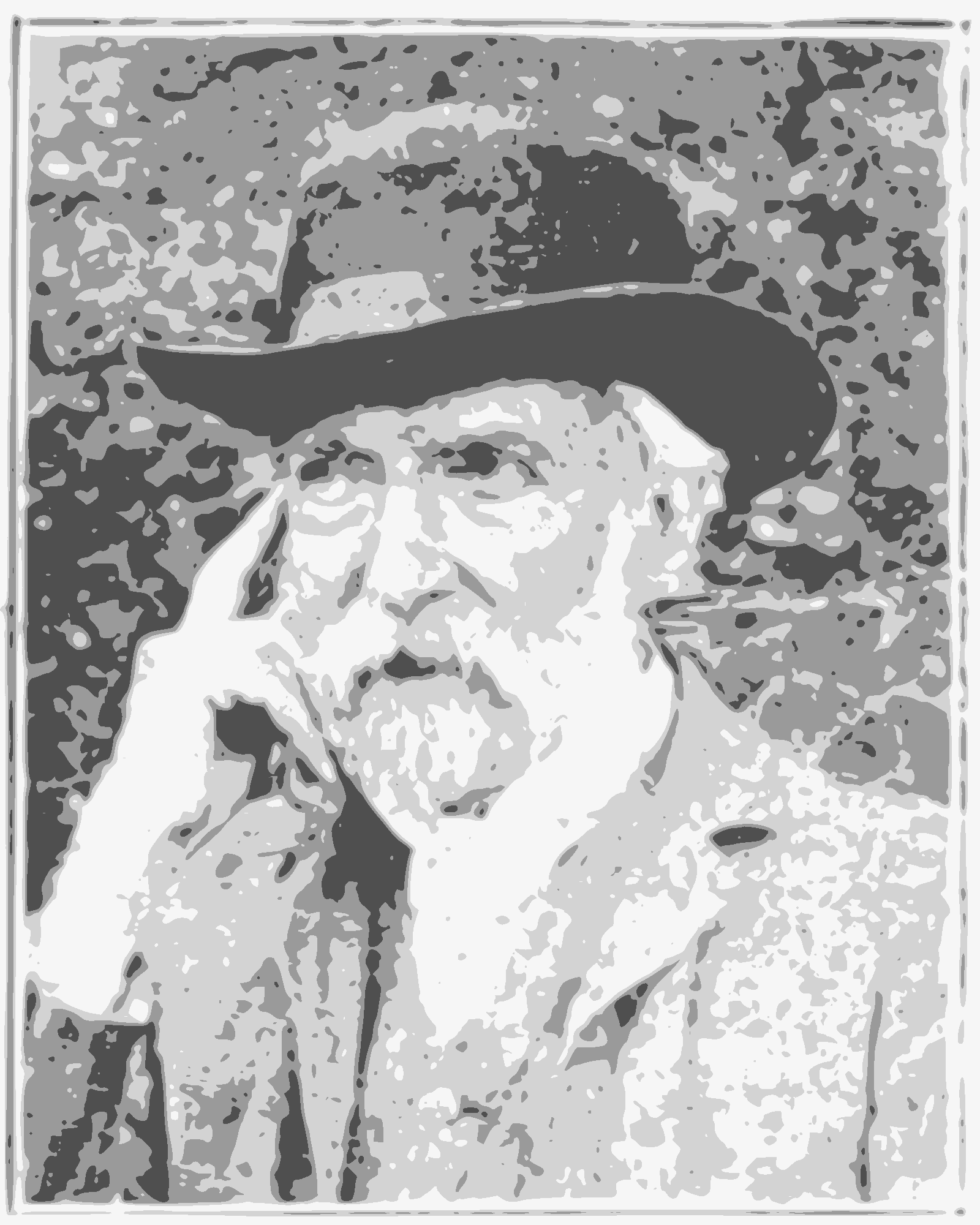
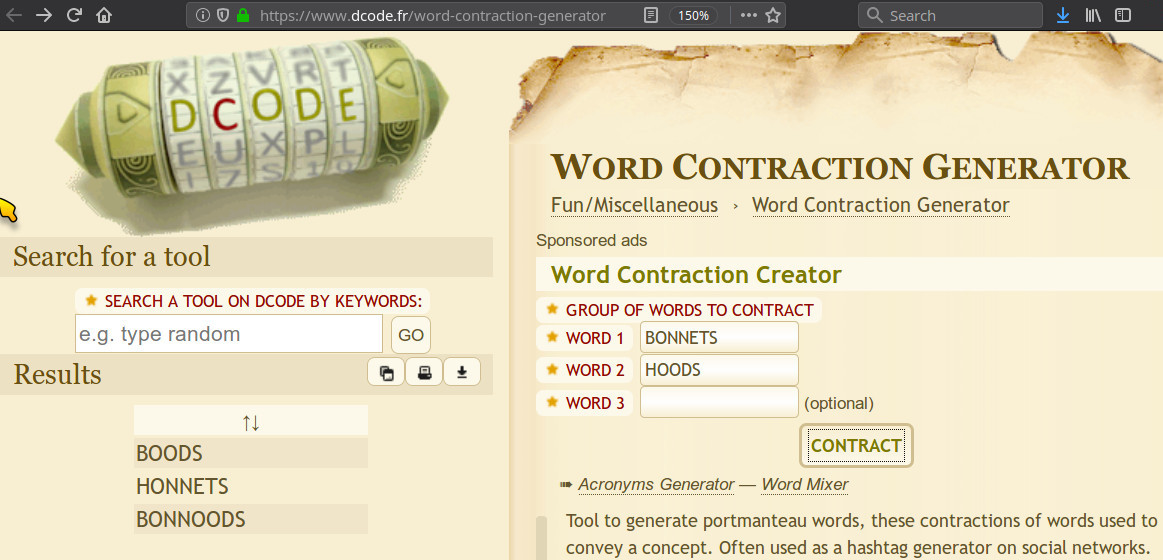
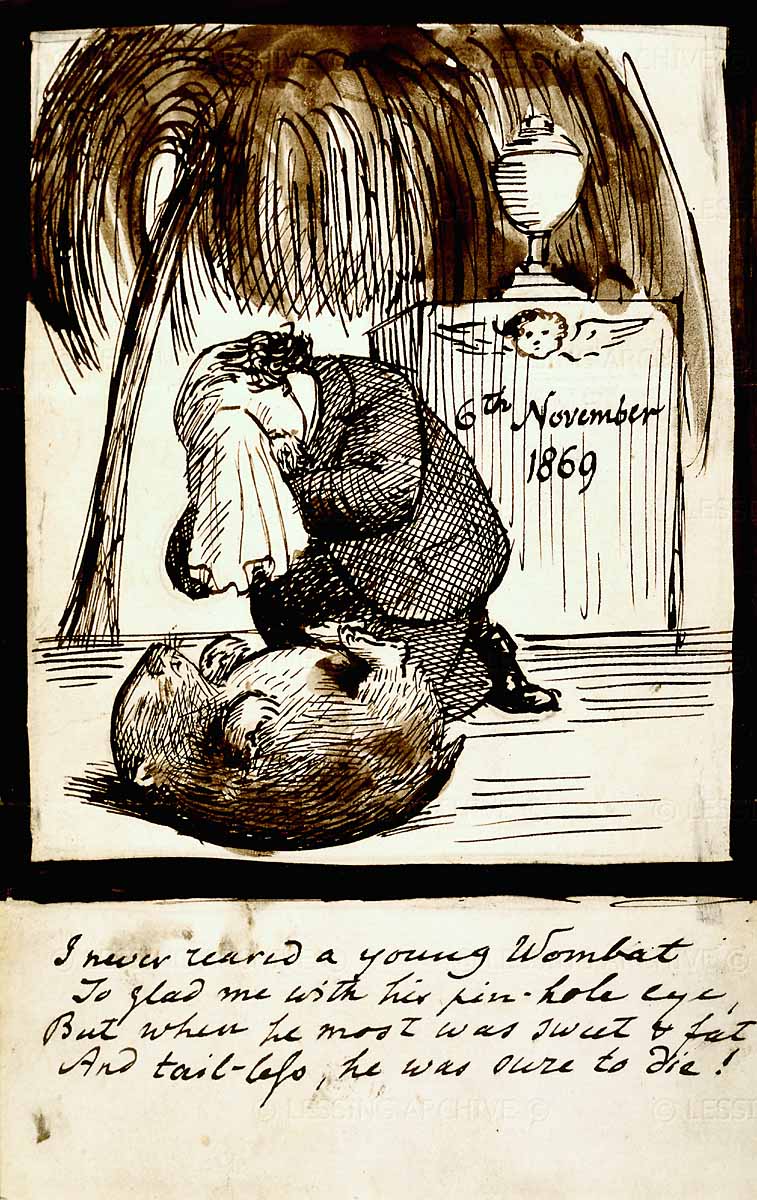 The drawing depicts Dante Gabriel Rossetti lamenting the death of his second wombat. Mary Hibbs (pen names: Mary Hammond and Sandra Mann) made me aware of the image and of the possibility that the Beaver in Lewis Carroll’s The Hunting of the Snark could have been a reference to Rossetti’s wombat.
The drawing depicts Dante Gabriel Rossetti lamenting the death of his second wombat. Mary Hibbs (pen names: Mary Hammond and Sandra Mann) made me aware of the image and of the possibility that the Beaver in Lewis Carroll’s The Hunting of the Snark could have been a reference to Rossetti’s wombat.
 Mounty Python type! I like that.
Mounty Python type! I like that.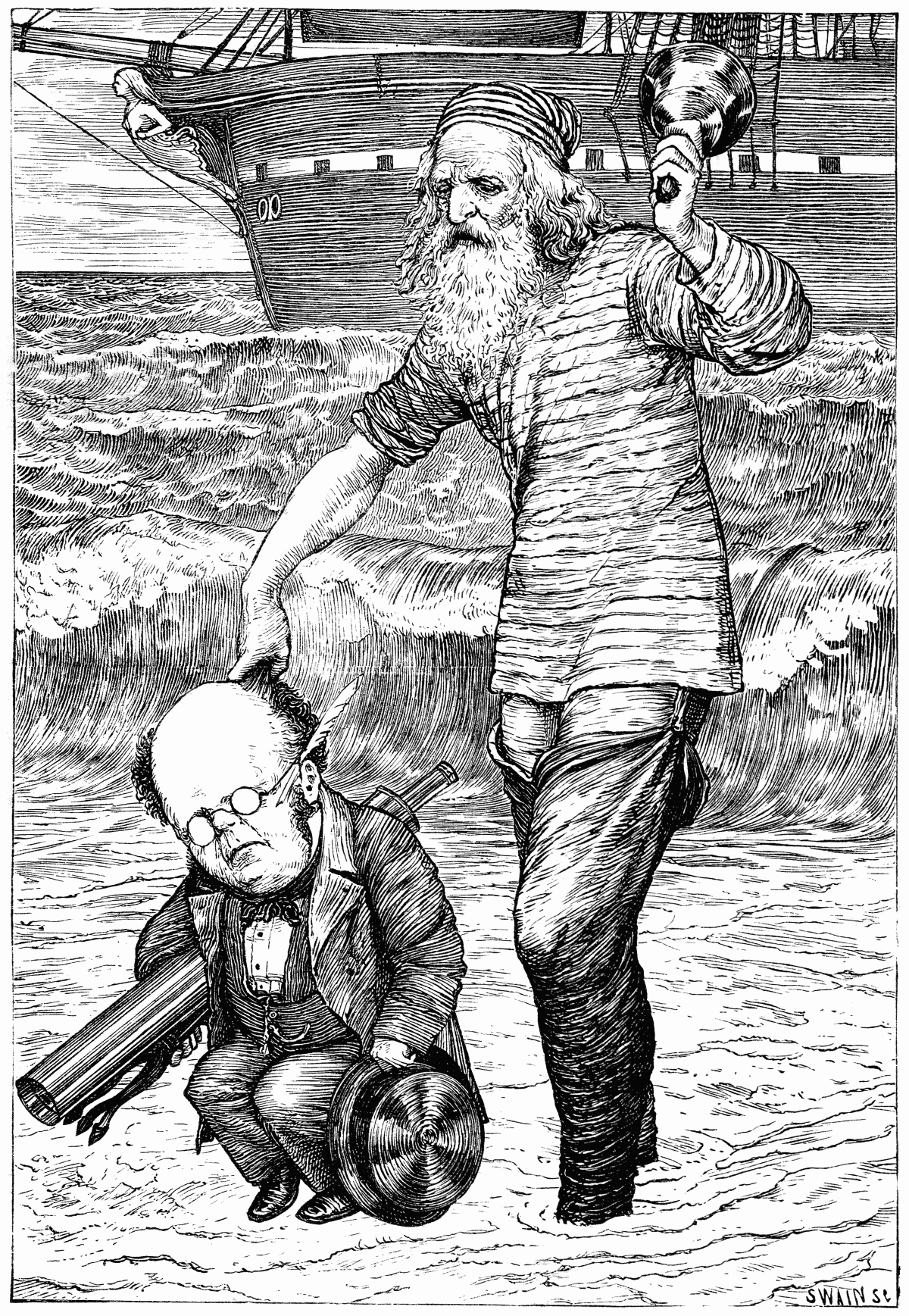 Henry Holiday interpreted “his hair” as the Banker’s hair, not as the Bellman’s hair. Among those who commented on The Hunting on the Snark, that also seems to be the the common understanding of the ambiguously used pronoun “his”. However, if the hair would be the Bellman’s hair,
Henry Holiday interpreted “his hair” as the Banker’s hair, not as the Bellman’s hair. Among those who commented on The Hunting on the Snark, that also seems to be the the common understanding of the ambiguously used pronoun “his”. However, if the hair would be the Bellman’s hair, 
